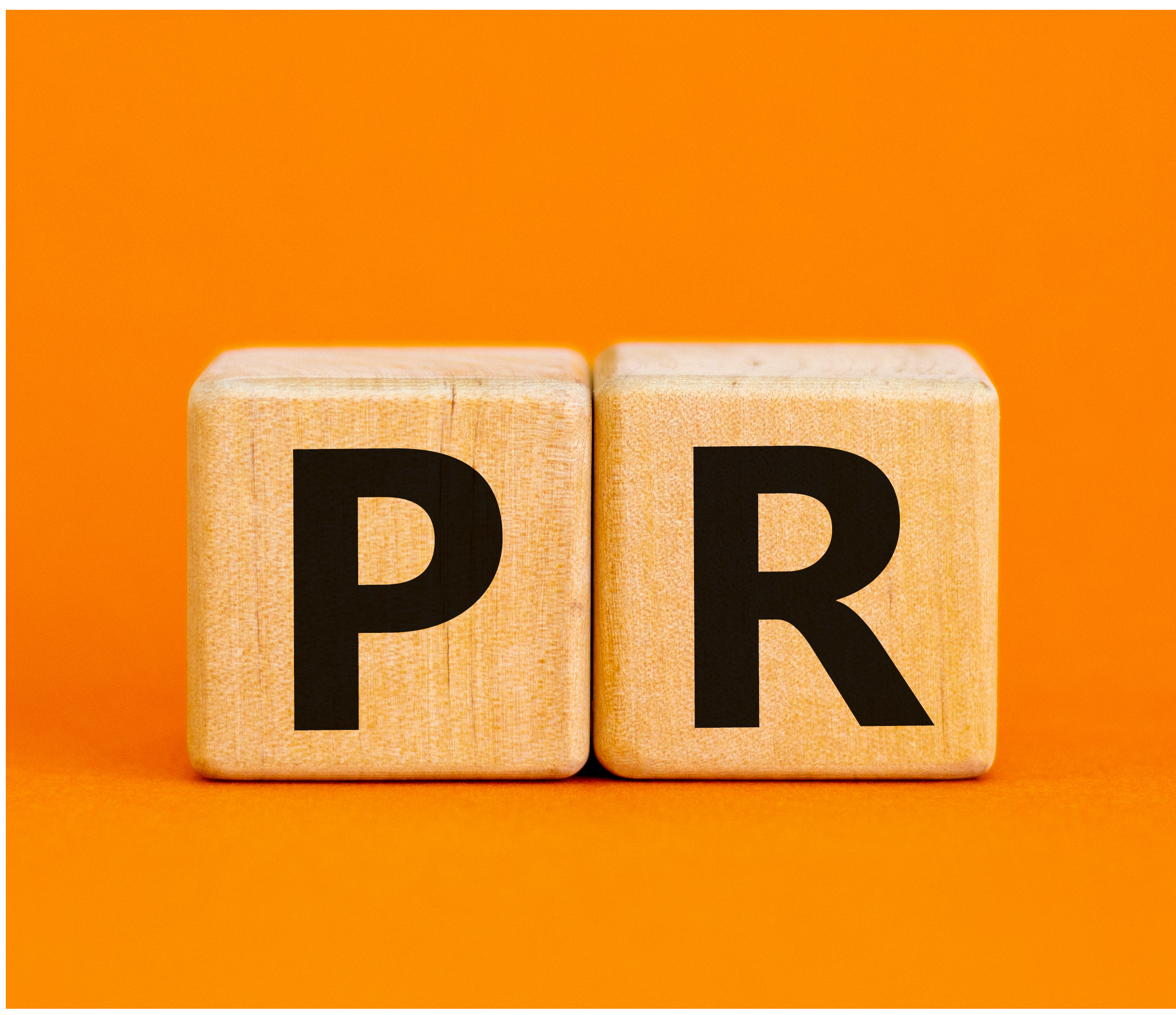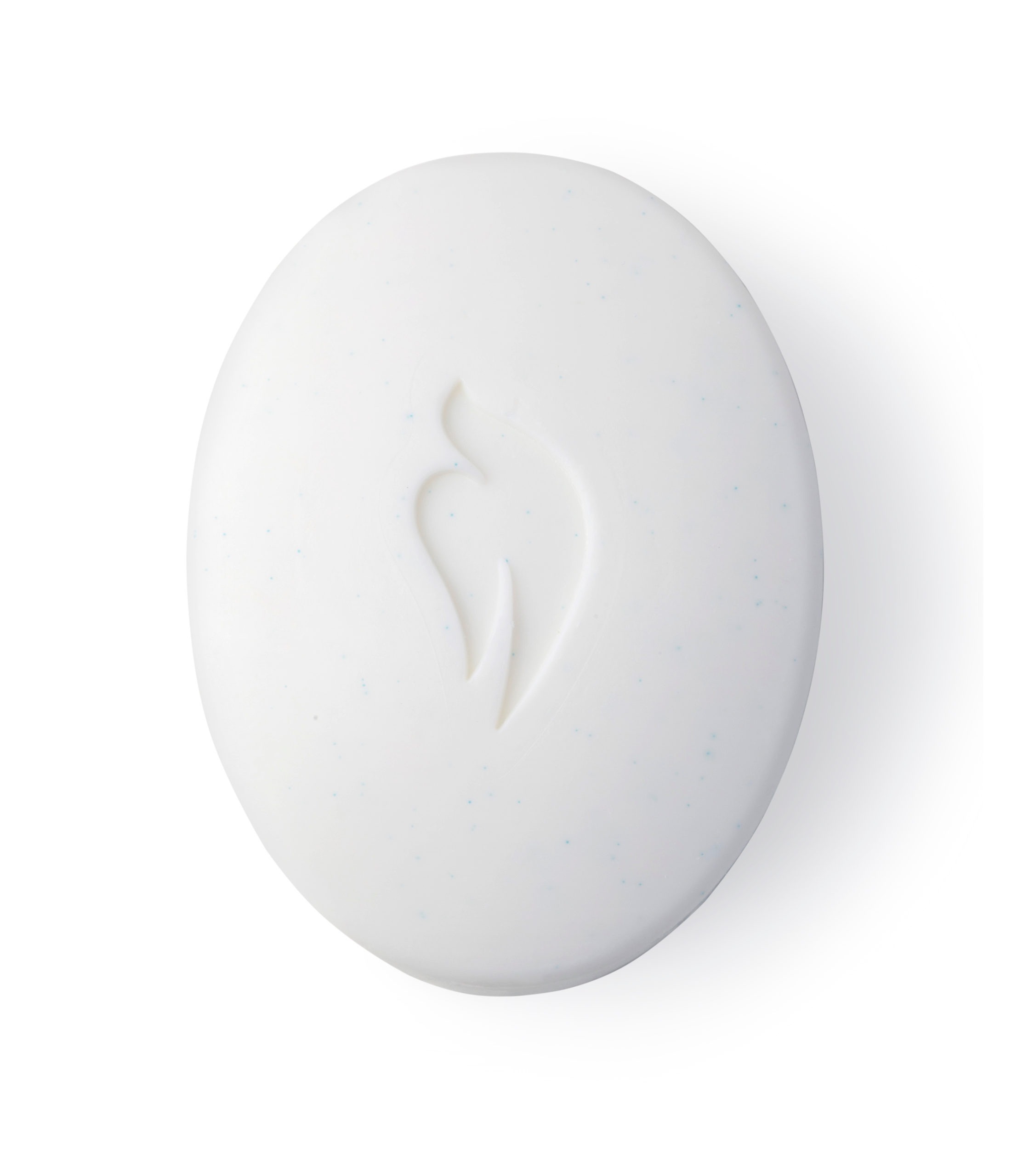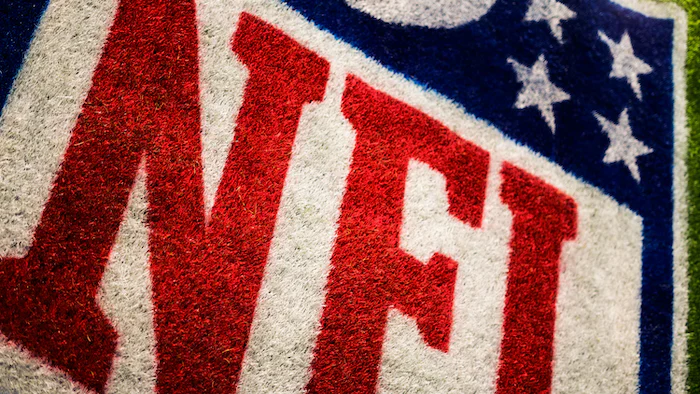Today’s Hot Take: The World Needs PR

Published on Oct. 24 at 4:39 p.m.
by Trinity Hunter
“You’re going to regret switching your major. Public relations won’t get you where you need to be.”
In spring semester of 2020, I notified my parents that I had dropped my major in computer science. Both were frustrated, but my mom was also bewildered. She had spoken to me at length about the benefits of being a Black woman in the STEM field, and she pushed me to major in computer science.
The quote above was her response to my decision. In turn, I could only shrug my shoulders and weakly assert that I was confident in my choice. However, as I near my final semester in The University of Alabama public relations program, I know exactly what my response to her would be now.
“The world needs public relations.”
Looking back, what led to my career in public relations was a love of reading and writing. According to the Public Relations Society of America (PRSA), public relations is based on forming relationships and building trust with priority publics. These publics are groups of people whose positive interactions with a brand are necessary for its growth and existence. My passion for the humanities felt at home within PR; after all humanities is based in human connection, and quality public relations is cultivated from forming relationships.
Known as the pioneer of modern public relations, Edward Bernays changed the landscape of the industry. In 1923, he authored a book titled “Crystallizing Public Opinion,” expanding on what he viewed as the role of public relations as well as the principles that guide it. Beyond Bernays’ academic analysis of public relations, he conducted a series of successful PR campaigns, including but not limited to pushing bacon and eggs as a staple of the American breakfast, promoting hygiene with Ivory Soap, and aiding in the women’s suffrage movement.
In addition to Bernays, there are certainly hidden figures in the world of PR who have determined the future of the field. Though these individuals have different methods and clients, a consistent theme throughout each campaign is the desire to garner and maintain the trust of priority publics.
Simply put, the difference between a good PR campaign and a poor one is a brand that does not understand its priority publics. Let’s look at an example of a good PR campaign, as well as a bad one.
Dove & The CROWN Act
The CROWN Act, which stands for “Creating a Respectful and Open World for

Natural Hair,” is a piece of legislation being pushed through Congress. Lobbied by the CROWN Coalition, a group founded by Dove, National Urban League, Color of Change, and Western Center for Law & Poverty, the act would end race-based hair discrimination in the workplace and educational sector. The focus of the law would be on traditionally Black hairstyles, such as braids, bantu knots and locs.
Dove’s support for the CROWN Act came after the brand was accused of racist signaling in its ads. One ad depicted a Black woman removing her shirt to reveal a white woman underneath, a creative decision that frustrated consumers of the brand through its “tone-deaf” messaging. Even though Lola Ogunyemi, the Black woman at the center of the advertisement, wrote an op-ed about how she did not feel negatively toward Dove, the impact was palpable. Dove became another brand accused of “courting” Black Americans, a critique that described how companies will gain the trust of Black consumers, yet lose their respect by failing to engage in meaningful connection with them.
The move by the brand to support the CROWN Act was an intentional attempt to regain the trust of Black people, particularly Black women within the country. Speaking from my experience as a Black woman growing up with the influence of Black women around me, Dove has always been an irreplaceable addition to our homes. Beyond announcing its plans to co-found the CROWN Coalition, Dove has also released a series of press releases, studies, advertisements, and even a toolkit to aid parents and educators when teaching children about their hair.
Through the backlash of its mistake, Dove has been successful in its efforts to bring attention to the CROWN Act, as well as earn the trust of its priority publics. Knowing the audience is imperative to any brand that wants to grow its outreach.
National Football League & Colin Kaepernick

In 2016, Colin Kaepernick, then quarterback of the San Francisco 49ers, decided to remain seated during the national anthem. When asked about his decision, Kaepernick explained that his protest was in response to police brutality toward Black people. The National Football League responded by stating that, while the anthem was a “special” pre-game tradition, it respected the right of Kaepernick to remain seated.
The move by Kaepernick infuriated fans of the 49ers and NFL alike. Kaepernick opted out of his contract at the end of the 2016 season, and he has not played in the league since. During the offseason, as quarterbacks of lower caliber were continuously signed instead of him, people began to wonder if NFL owners were black-listing the player.
A 2021 study from Statista found that 58% of players in the NFL were Black, as well as nearly 35% of staff. The refusal by the NFL to take a definitive stance in its response to Kaepernick’s lack of job prospects spurred calls to boycott the Super Bowl. As the worth of NFL teams continues to climb, a few even amounting to well over a billion dollars, some in the Black community pointed out how its members continually put their bodies on the line for the sake of entertainment. This dichotomy is where trust was lost.
Even though Roger Goodell, commissioner of the NFL, has expressed regret over the lack of strong support for Kaepernick, the former 49ers quarterback is still searching for a job in the NFL. His work beyond the league has continued to make waves, most notably his Emmy-winning campaign with Nike.
The failure of the NFL to recognize the needs and desires of its priority publics remains a stain that it has failed to adequately blot out. Though the industry has continued to grow, the impact of Kaepernick and his protest still remains. With college football players potentially following his lead, the next generation of the NFL is taking charge of their future, starting with name, image and likeness deals.
Halfway through my first semester of senior year, I could not be more happy about my choice of major. The field is continuing to grow, and there are numerous roles available for a degree in public relations. Though our field may not be known for its lucrative paychecks, like a STEM-centered career is, I am thankful to enter an industry where human connection is most important.
Ultimately, there is one similarity that rings true between the two case studies provided above — trust sits at the core of every campaign, interaction and brand. Without the consumer, there is no product. Regardless of the position, public relations is central to everything we do in the modern world.




